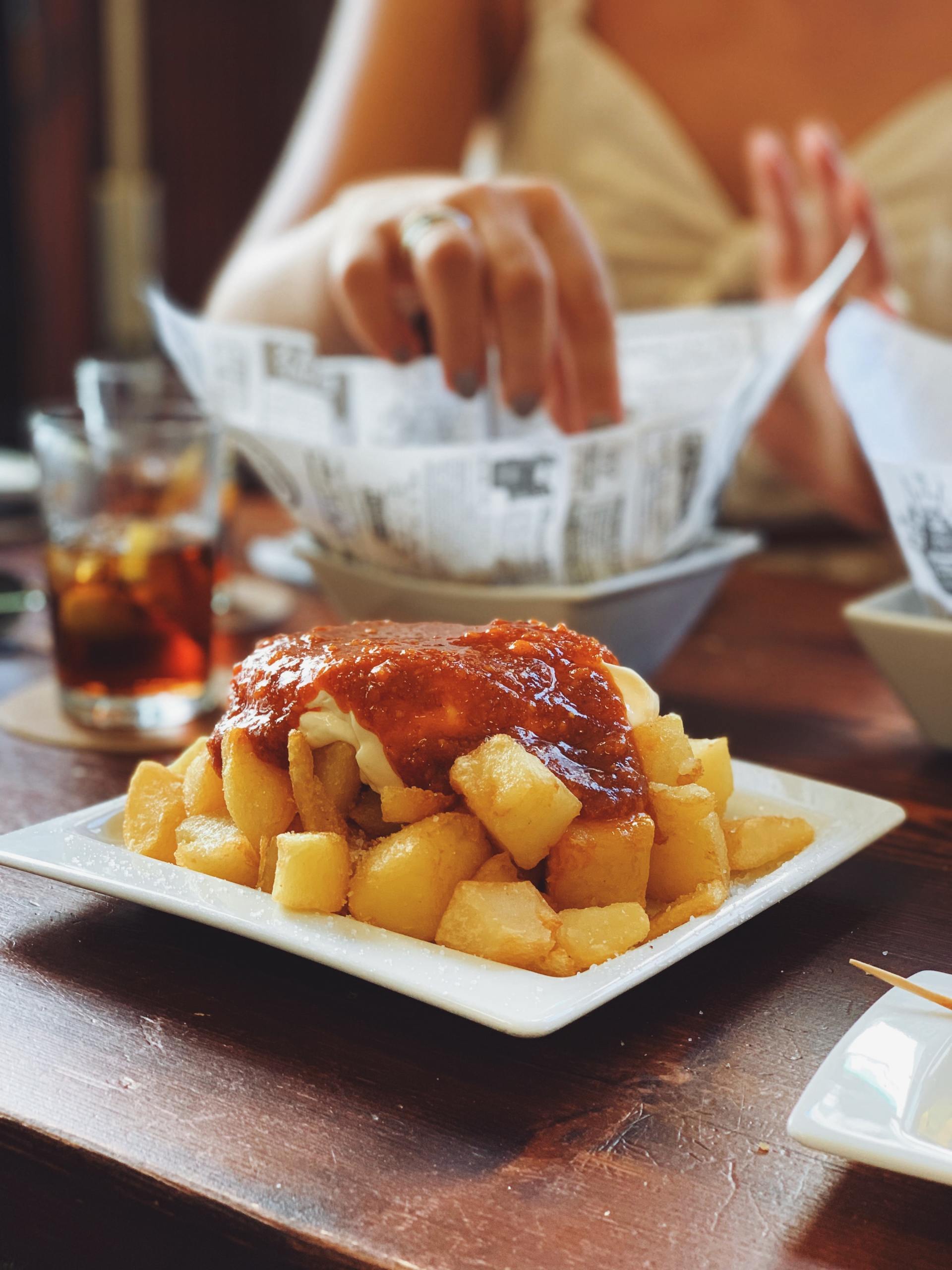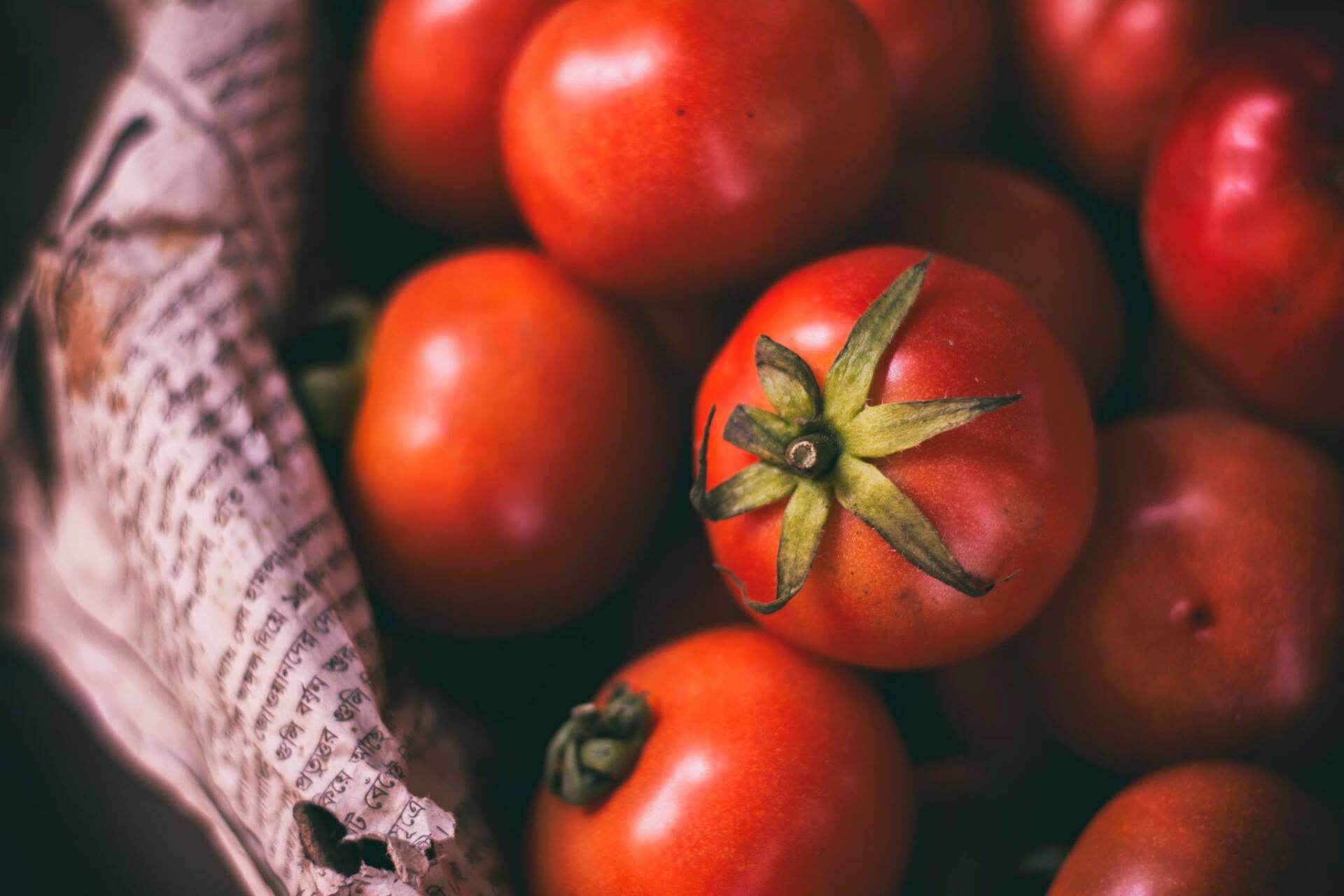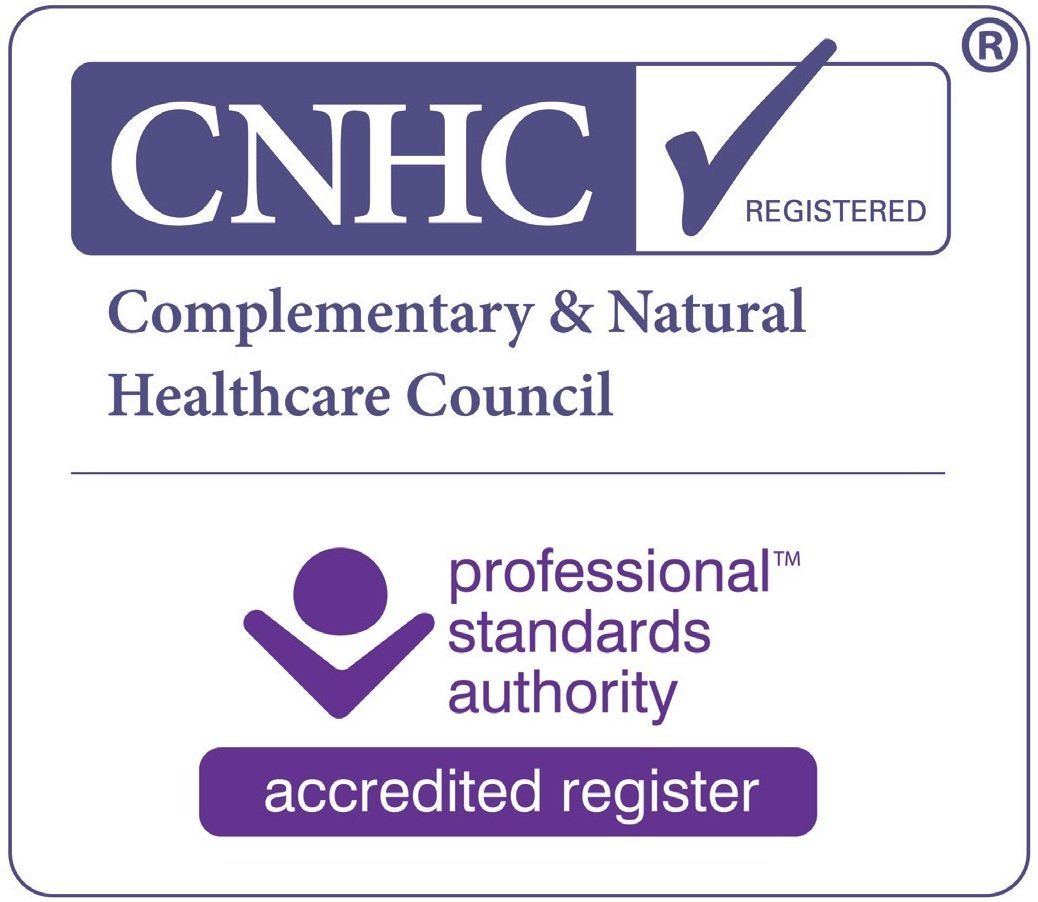La dieta mediterránea en España en la actualidad
Raquel Ramos • 9 June 2021

La dieta mediterránea tradicional está asociada con una mayor expectativa de vida y es mundialmente aclamada como la dieta a seguir para prevenir enfermedades no transmisibles asociadas a las sociedades occidentales, como las enfermedades cardiovasculares, algunos cánceres y otras enfermedades degenerativas (1,2). Esto se debe en gran parte al consumo de aceite de oliva sin refinar (aceite de oliva virgen extra) tan característica de la dieta mediterránea. Los ácidos grasos monoinsaturados y ácidos grasos omega 3 y omega 6, además de compuestos fenólicos son los responsables de las propiedades cardioprotectoras, antiinflamatorias, antioxidantes y anticancerígenas que se le atribuyen al aceite de oliva y q han sido demostrados en la evidencia científica (3). Además, la dieta mediterránea tradicional se caracteriza por una alta ingesta de verduras, hortalizas, frutas frescas, legumbres y cereales, pescado dependiendo de la zona geográfica, carne blanca, moderada ingesta de lácteos, bajo consumo de carne roja y derivados, agua como bebida principal, y un consumo moderado de alcohol principalmente de vino durante las comidas (1). La Fundación Dieta Mediterránea la define a su vez como “mucho más que una simple pauta nutricional. Una herencia cultural y un estilo de vida equilibrado”, en la que se pone de manifiesto además la importancia de la actividad física realizada regularmente, y que ha sido reconocida por la UNESCO como Patrimonio Cultural Inmaterial de la Humanidad en Noviembre del 2010 (4).
España es el país con la tasa de mortalidad más baja de la Unión Europea (5) y fue coronado como el país más sano del mundo en la última edición en 2019 del ranking de naciones más sanas de la agencia Bloomberg (6). Los expertos lo atribuyen a la dieta mediterránea y al estilo de vida (5). Sin embargo, cada vez se cuestiona más la adherencia a la dieta mediterránea de los españoles en la actualidad, sobre todo entre los jóvenes y niños.
En España el punto álgido de adherencia a la dieta mediterránea se remonta a los años 60, 70. A partir de los años 80 factores socioeconómicos como la incorporación de la mujer a puestos de trabajo fuera del hogar, un mayor acceso a los alimentos de manera más fácil y rápida en supermercados a diferencia de pequeñas tiendas especializadas y mercados, y sobre todo el acceso a la comida basura y bollería industrial, rápida de consumir, barata y saciante a expensas del valor nutricional, están afectando como comemos los españoles (1). Esto está repercutiendo a su vez en el aumento de la obesidad de la población, siendo especialmente preocupante entre los jóvenes y niños (7).
El estudio ENPE publicado el pasado Abril en la revista española de cardiología concluye que la obesidad en población menor de 25 años ha continuado aumentando en los últimos 30 años, con el 34% de la población española entre 3 y 24 años con sobrepeso u obesidad. Cifra que asciende hasta casi el 40% en niños entre 3 y 8 años (7). Además el estudio COSI de la Organización Mundial de la Salud indica que las tasas de obesidad infantil y juvenil en España es de las más altas de Europa, ocupando el tercer lugar con un 14.2% solo por debajo de Italia 15.2% y Grecia 18% (8,9). El sobrepeso y la obesidad en la niñez están asociados con una mayor probabilidad de padecer obesidad en la edad adulta, lo cual está asociado a un mayor riesgo de padecer enfermedades no transmisibles como la diabetes tipo 2, enfermedades cardiovasculares, y algunos tipos de cáncer, entre otras (9).
En el año 2016 España era el segundo país del mundo industrializado que menos gastaba en comida rápida, solo por detrás de Italia (10). Sin embargo, un informe analizando los pronósticos de gasto en comida basura por los españoles desde 2016 a 2019 auguraba un aumento del 24% (11). Además es muy común entre los más pequeños la ingesta de bollería industrial en la merienda o después de hacer ejercicio físico a expensas de la fruta por ejemplo (12). Teniendo en cuenta que la adherencia a una dieta mediterránea está inversamente asociada al consumo de alimentos procesados (13), este incremento supondría un riesgo para la adherencia a la dieta mediterránea y un detrimento de la salud de la población en un futuro no tan lejano. Especialmente entre los jóvenes, los principales usuarios.
A pesar de estos datos, un estudio publicado por la Universidad de Washington en Octubre 2018 sitúa a España como el país con mayor expectativa de vida de todo el mundo en 2040, con una predicción de una media de vida de 85.8 años (14). Por todo ello, si España quiere seguir como referente mundial de la dieta mediterránea y a la cabeza en los rankings mundiales de salud y longevidad, los gobiernos tanto regionales como central deberán analizar todas estas tendencias de consumo y diseñar medidas y guías para mejorarlas. Promoviendo la educación de la población especialmente más joven alrededor del conocimiento y puesta en práctica de la dieta mediterránea. Conservando las recetas tradicionales y enfatizando el disfrute del buen comer como forma de vida que caracteriza al territorio español, así como su forma de vida alrededor de la comida, con comidas pausadas que permiten una correcta digestión y una oportunidad de socialización, sin aparatos electrónicos de por medio. Regulando la promoción y venta de productos poco saludables en los supermercados, colegios y lugares públicos frecuentados por los jóvenes, como cines, y promoviendo opciones más saludables de acorde a las pautas de la dieta mediterránea. Una vuelta a meriendas tradicionales basadas en las guías de la dieta mediterránea exentas de bollería industrial, así como planes y políticas para evitar el sedentarismo entre los jóvenes y niños y que favorezcan la actividad física diaria.
Raquel Ramos Fraga BSc (Hons) Nutritional Therapy
REFERENCIAS
1. Carbajal, A. and Ortega, R., (2001). La dieta mediterránea como modelo de dieta prudente y saludable. Revista Chilena de Nutrición. 28, (2), 224-236.
2. Buckland, G., Agudo, A., Travier, N., and Huerta, J.M., (2011). Adherence to the Mediterranean diet reduces mortality in the Spanish cohort of the European Prospective investigation into Cancer and Nutrition (EPIC-Spain). British Journal of Nutrition. 106, (10), 1581-1591.
3. Urquiaga, I., Echeverría, G., Dussaillant, C., y Rigotti, A., (2017). Origen, componentes y posibles mecanismos de la dieta mediterránea. Revista Médica de Chile. 145, (1).
4. Fundación Dieta Mediterránea (2020). ¿Qué es la dieta Mediterránea?. [online] available from: <https://dietamediterranea.com/nutricion-saludable-ejercicio-fisico/ [Accessed 31 August 2020].
5. Torres Menarguez, A., (2019). España es el país de la Unión Europea con la tasa de mortalidad anual más baja. [online] Madrid: El País. Available from: <https://elpais.com/sociedad/2019/07/16/actualidad/> [Accessed 31 August 2020].
6. Miller, L.J., and Lu, W., (2019). These are the World’s healthiest Nations. [online] Bloomberg. Available from: <https://www.bloomberg.com/news/articles/2019-02-24/
spain-tops-italy-as-world-s-healthiest-nation-while-u-s-slips> [Accessed 31 August 2020].
7. Aranceta-Bartrina, J., Gianzo-Citores, M., and Perez-Rodrigo, C. (2020). Prevalencia de sobrepeso, obesidad y obesidad abdominal en población española entre 3 y 24 años. Estudio ENPE. Revista Espanola de Cardiologia. 73, (4), 290-299.
8. World Health Organisation (2019). Severe obesity among children aged 6-9 years. [online]. Available from: <https://www.euro.who.int/en/health-topics/ disease-prevention/nutrition/activities/who-european-childhood-obesity-surveillance-
initiative-cosi/cosi-publications/fact-sheet-severe-obesity-among-children-
aged-6-9-years> [Accessed 31 August 2020].
9. Spinelli, A., Buoncristiano, M., Kovacs, V.A., Yngve, A., Spiroski, I., Obreja, G., et. al. (2019). Prevalence of severe obesity among primary school children in 21 european countries. Obesity Facts. 12, 244-258.
10. Ortiz Jurado, A., y Molina Bielza, E., (2019). Economía de la alimentación. España: Universidad de Córdoba.
11. Statista, (2016). Forecast of the spending of fast food in Spain from 2016-2019. Available from: <https://www.statista.com/statistics/765081/
forecast-from-spending-in-food-fast-in-spain/> [Accessed 31 August 2020].
12. Echeverria Fernandez, M., Herrero Alvarez, M., and Carabaño Aguado, I., (2014). Hábitos de merienda en escolares de nuestro medio. Estudio HABIMER Plus. Rev Pediatr Aten Primaria. 16 (62).
13. Santos de Rocha, B.R., Rico-Campa, A., Romanos-Nanclares, A., Ciriza, E., Ferreira Barbos, K.B., Martinez Gonzalez, M.A., et. al. (2020). Adherence to Mediterranean diet is inversely associated with the consumption of ultra-processed foods among spanish children: the SENDO project. Cambridge University Press.
14. IHME, (2018). How healthy will we be in 2040. Available from: <http://www.healthdata.org/news-release/how-healthy-will-we-be-2040> [Accessed 31 August 2020].

Do you find yourself feeling hungry and lacking energy soon after having your breakfast? Are you struggling to concentrate at work and are you reaching out to coffee, chocolate or biscuits throughout the morning? Chances are you’re having a carbohydrate rich breakfast lacking in protein, fat and fibre. Our bodies are the most sensitive to glucose first thing in the morning after having fasted during the night, so breakfast is actually the worst time of the day to eat just sugar and starches (fruit juices, fruit smoothie, pancakes with a sweet topping, toast with jam, plain oats, cereals, etc). Eating a carbohydrate rich breakfast is the best way to set off a glucose spike which will lead us to fatigue, bad mood and cravings and that will set us up for a glucose roller coaster ride for the rest of the day. This has a massive negative impact on our food choices for the rest of the day and our health in the long term, including hormone dysregulation. Good news is if you choose your breakfast wisely, you’ll feel so much better throughout the day. Plus you'll be supporting your hormone balance and therefore helping minimise your perimenopuase symptoms, for example. Breakfast is such a great opportunity to nourish your body. Choosing your breakfast wisely means including protein , fat and fibre into your breakfast. Below are some breakfast tips and examples I share with my clients regularly: Add nut butter, protein powder, Greek yoghurt, seeds and berries to your oats. Avoid adding sugar, honey, maple syrup, dried fruits or tropical fruits to it. Try a chia pudding and follow the same principles for the oats. A smoothie containing protein, fat and fibre. For example: good quality protein powder, flaxseeds or chia seeds, nuts or nut butter, avocado, spinach or cauliflower, ¼ banana (optional), berries, and unsweetened milk of your choice. The more protein, fat and fibre (veggies) and the less fruit your smoothie contains the better it will be for your glucose levels. The best choice of fruit is berries. Go savoury. This is the best way to flatten your glucose curves, and it doesn’t have to be complicated! To build it up just make sure that it contains a good amount of protein (Greek yoghourt, tofu, meat, fish, cheese, good quality protein powder, nuts, nut butter, seeds, eggs), fibre (literally any veggies and pulses: spinach, mushrooms, tomatoes, courgettes, lentils, hummus, lettuce, cucumber, raw or already roasted peppers from a jar are very convenient, any leftovers from last night’s dinner!), fat (extra virgin olive oil, avocado oil, butter, avocado, nuts or nut butter and seeds, olives). Examples of a savoury breakfast could be: Sourdough toast with mashed avocado, drizzle of extra virgin olive oil and veggies of choice. Sourdough toast with almond butter + Greek yoghurt with chia seeds and a handful of berries. Hard boiled eggs with sliced avocado, hummus and salad leaves dressed with lemon juice and extra virgin olive oil. Scrambled eggs with crumbled feta cheese and veggies of choice. Sourdough bread drizzled with avocado oil topped with two poached eggs and wilted spinach or veggies of choice. Warm lentils topped with poach eggs, veggies and drizzle of extra virgin olive oil. Pan-fried halloumi cheese + veggies and pulses of choice. NOTE: Sprinkling some nuts and seeds is an easy and quick way to boost your breakfast with healthy fats and nutrients. If you’ve got access to broccoli sprouts or if you grow your own at home adding about 1 tablespoon of those to your savoury breakfast is an amazing way to add fibre and extra nutrients to your breakfast. Here is a simple challenge for you this week if you are up for it. Think about how you feel in the mornings until lunch time and think about your breakfast. Does it include protein, fat and fibre, or does it consist mainly of carbohydrates? Then think about what changes you can make, or what can you add to your breakfast to avoid a glucose spike. I would love to hear what comes up for you. Get in touch if you have any questions or if you'd like to share your experience, I'd be delighted to hear from you. Raquel

Coming from a Mediterranean country, we are very used to hot Summers. And our cuisine reflects that in the wide variety of traditional, highly nutritious, super cooling, hydrating, and delicious recipes available which I make over here in the UK every time we get a heat wave.They tend to have a very high water content, be rich in vegetables, and of course served very cold straight from the fridge. Because of their high nutrient content they are amazing fertility recipes, perfect to nourish our bodies and prepare for conception. My first "go to" recipe when it is hot is Salmorejo . This is a super nutritious, cold thick tomato based soup. Brilliant for women and men fertility, as the lycopene content in tomatoes is a powerful antioxidant, and has been shown in studies to improve sperm motility too. Here’s my adaptation from the traditional recipe: 1kg tomatoes, quartered. 1 fat clove of garlic (peeled) 1/2 a quite large onion (peeled) 1/2 red pepper Some sourdough bread, I add a 3 finger thick slice, raffly (without the crust). Salt for seasoning A good big dollop of extra virgin olive oil Blend everything together, taste and adjust seasoning/flavours to your taste by adding more of any of the ingredients. Put in the fridge to chill, and enjoy!! It is normally served with some chopped hard boiled egg and good quality serrano cubes on top. Ajo blanco (white garlic). This is another super cooling and highly nutritious cold soup with a base of blanched almonds. Which makes it a super nourishing fertility recipe high in vitamin E and other vitamins and minerals, as well as super important healthy fats. And again, so quick to make! This is how I make it: 200g blanched almonds 2 small garlic cloves 150g sourdough bread without the crust 1 litre of very cold filtered water 100ml extra virgin olive oil 30ml sherry vinegar Salt Put in a blender the almonds, garlic and filtered water. Blitz. Add the bread without the crust, extra virgin olive oil, and sherry vinegar. Blitz until all is blended together. Season with salt. It shouldn’t be too thick in texture so add more cold filtered water if needed. Leave in the fridge for at least 3 to 4 hours before serving so that all the flavours blend together. It is traditionally served very cold with some sliced white grapes on top. Huevos rellenos (Spanish stuffed eggs) : I looove these! Rich in super important fertility nutrient choline from the eggs; protein and healthy fats, as well as antioxidant rich from the lycopene in the tomato passata making it an amazing fertility nourishing recipe for both men and women. Why not have them for a different savoury breakfast! Just add a side salad of vegetables of your choice (with slices of avocado, some cherry tomatoes, cucumber… and a good dressing, to your leftover huevos rellenos for a blood sugar/ fertility friendly breakfast which will nourish you and will fill you up until lunchtime. This is how I make them: 6 large eggs, boiled and peeled. 150g good quality tuna, ideally Albacore, from a glass as opposed to tinned tuna. Either in spring water or in olive oil. Tomato passata, about 3 or 4 tbsp To decorate: Home made mayonnaise Roasted red pepper from a jar! (optional), or an anchovy Peel the cooked boiled eggs and cut in half. Take out the cooked yolks and put in a bowl. Place the halved egg whites in a serving tray. Add the tuna to the egg yolks and mash with a fork. Add the tomato passata and mix well. It shouldn’t be too runny or too thick. Season with salt. Fill the egg whites with the tuna mixture. Cover with some home made mayonnaise and decorate with roasted red pepper or an anchovy on top. Leave in the fridge and serve very cold. Raquel Ramos Fraga 15/07/2022


